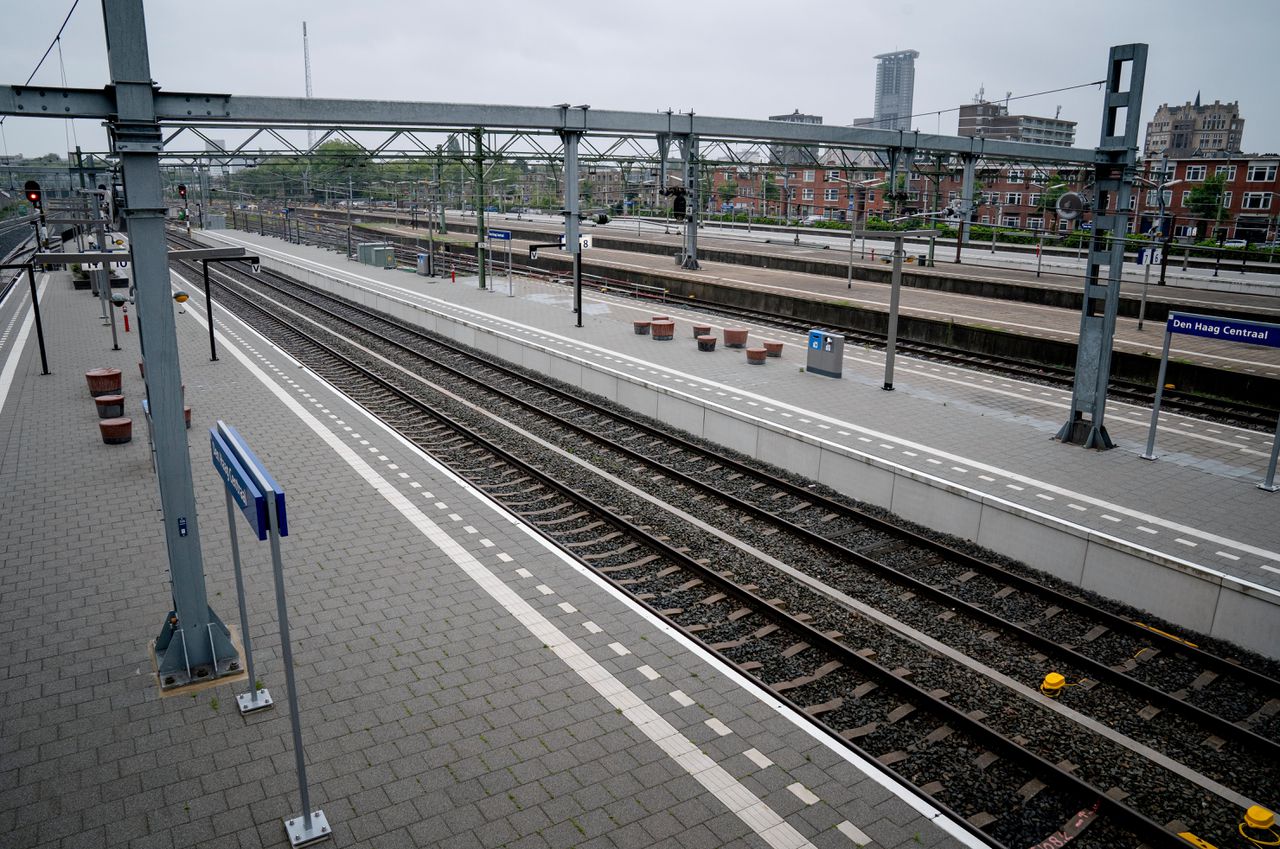New Package Package Hermans shows: Climate is no longer a priority for the cabinet
/s3/static.nrc.nl/images/gn4/data131350957-98e642.jpg)
Sophie Hermans cannot bow to the coalition. Climate is no longer a priority. The additional climate package, which the government brought out on Friday, is probably short of 55 percent less in 1990.2 Reduce, but does less than necessary to achieve the goals for 2030 with some certainty (50 percent).
This is how the government is committed to more co2-Capvang, for example at waste plants and industry. The use of biofuels (made from, for example, vegetable waste) for heavy road traffic is also further driven. At the same time, a number of climate measures still consist mainly of intentions: it is investigated whether the heat pump can be stimulated more, after the cabinet previously expelled the obligation. There will also be a pilot in which homeowners can borrow cheaper through the National Mortgage Guarantee to improve the energy label of their home.
The cabinet did not dare to take difficult choices
In recent months it became clear that Hermans had great difficulty in finding support within the cabinet for additional climate measures, which, according to the Planning Office, were needed for the living environment. Before that, Hermans was partly (for making traffic, homes and agriculture more sustainable) dependent on other ministers in the cabinet. A glance at the climate package shows that extra, green measures were only feasible if they had no excessive character for citizens or companies.
In October Hermans said in an interview with NRC that it « Low -hanging fruit now picked » Was and that there were « difficult choices » that people would « feel ». After all, the cabinet had agreed to achieve the climate goals. Six months later it appears that the government has taken relatively painless measures that are intended to spare companies and citizens as much as possible. The cabinet therefore did not dare to take difficult choices.
Nuclear energy
There is little enthusiasm in the coalition to oblige sustainability or to withdraw extra money for climate. The compromises that are closed are set up that they do not burden the treasury. Minister Hermans has to pay the plans from the existing climate fund, in which the remaining money was still mainly intended for nuclear energy.
Many ‘climate’ measures are intended to mitigate the pain of sustainability costs for certain sectors.
The movement space has therefore been limited for Hermans. This is evident, among other things, from the fact that the climate fund, which is intended for structural sustainability, was used in the spring memorandum to reduce energy costs for citizens and large industry. The government also brings back a compensation for electricity costs for the industry, the so -called IKC, and lowers the energy tax for burgers with two tens.
It is clear that many ‘climate’ measures are intended to mitigate the pain of sustainability costs. For example, greenhouse horticulture is compensated for the higher CO2-Prijs that the sector has to pay from 2027 according to European rules. The government is also scraping a rule that had to stimulate the use of circular plastics, after criticism from Dutch plastic processors. Due to the rule, the companies feared that they were unable to compete with abroad. The sector will be around the table for an alternative in the coming period. The duty for industry to use green gas (made from manure) in their processes is also weakened
The government therefore listens to the criticism from the industry about the pain of the energy transition, but also removes stimuli that should stimulate the demand for green products. Striking in that light is that the CO2-League for industry, which was much criticism, remains. Although it is slightly relaxed before 2030 and extra tightened after 2030. According to Hermans, this is a signal to the industry that it will get a little more breathing space in the coming years, but making sustainability will remain necessary.
Farewell to climate goal
With these measures, it is highly questionable whether the energy transition can be accelerated enough to achieve the objectives in 2030. In October, the Netherlands Environmental Assessment Agency still estimated that the Netherlands will only be in 2035 – five years later than intended – 55 percent less would emit. The pace of sustainability was too delayed compared to recent years, the PBL concluded.
With these climate measures, the cabinet seems to be saying goodbye to the 2030 climate goal. Various measures, such as Co2-Storage that is still in its infancy and sharpening the co2-tax, only have a substantial effect after 2030. It is also unclear how agriculture will contribute to climate goals.
In this way Hermans shifts more big issues in front of him. A solution for the stagnant rollout of wind farms at sea is still not forthcoming: before the summer she comes with an action plan. How the government wants to pay for the necessary billions of investments in the power grid, the government concludes in August. The government prefers a route that smears the costs over a longer period. However, the government announces that it wants to stimulate flexible power consumption: through peak and dalt rates for electricity and rules for smart energy use by devices.
Supporting support
Behind the scenes it can be heard that this package was the highest attainable for Hermans. The minister is not only in an unwilling coalition, the VVD was also always reluctant to impose sustainability through rules and taxes. In the previous cabinet, D66, and to a lesser extent CU, regularly with CDA and VVD. In the current coalition, support for that type of obligatory measures is virtually evaporated.
As a climate minister, Sophie Hermans himself is directly responsible for the industry and electricity sector. Nevertheless, the package of measures does not immediately make clear how she wants to smooth the stalled sustainability agreements with the industry. The minister aspires to bring the preconditions in order, such as access to the power grid, so that the industry can be made more sustainable. It is not said whether the industry can really take steps in it before 2030.
It is therefore doubtful whether the government manages to increase the pace of sustainability with the current package. The government aspires to improve implementation, but is left with one of the largest Bottlenecks: the jammed nitrogen permits, so that energy projects also have to wait. With the new nitrogen package there seems to be little shot in the case.

:format(webp)/s3/static.nrc.nl/wp-content/uploads/2024/12/27113911/web-2712ONDreconstructie1.jpg)
/s3/static.nrc.nl/images/gn4/data133757273-bdad3f.jpg)




